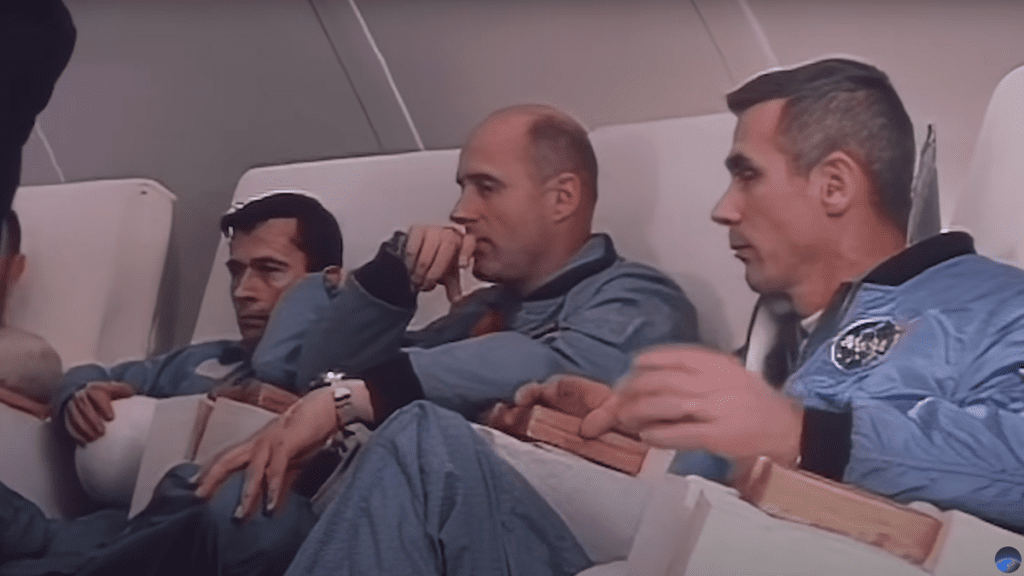NASA Built The Most Intense Waterslide To Save Crews From Exploding Saturn V Rockets

Space travel is dangerous and tricky—that’s why they call it rocket science, baby. So it’s best to plan for all contingencies, such as giving crews and astronauts places to hide should something go wrong with the several thousand tons of propellant sitting on top of an ignition source. Enter, the Rubber Room.
Ride Along On The Trans Mass Trail
NASA built two rubber rooms deep below the two launch pads at Launch Pad 39 Complex on Merritt Island in Florida. Anyone who is interested in space exploration has likely seen the towering structures next to rockets before they launch. Launch Pad 39a is where the Apollo 11 mission launched. But 12 meters below the towering rockets, accompanying buildings, and incredibly large vehicles NASA built a network of tunnels and bunkers below the launch pads designed to give workers a place to go in the event of the unthinkable: a Saturn V explosion on the ground.
Now, no one is going to survive a sudden explosion—a fully fueled Saturn V could let loose about a half kiloton of power, or 1/26 the bomb dropped on Hiroshima, according to the Space Review—but if there was time to react, NASA had a built-in process for folks to quickly and efficiently get to safety.
And the path to safety started with a nine-story waterslide completely in the dark.
NASA’s Most Off Limits Room
Well, unless you were an astronaut. Then escape for you started even further in the air from a high-speed elevator capable of plummeting the spacecraft’s crew down from the capsule and into the mobile launch pad in just 30 seconds, according to Space Safety Magazine. The slide extended from the mobile launch platform and into the bowels of the launch pad. Crew members would then shoot down a very narrow, very steep, 60-meter-long rubber tunnel, the whole thing sprayed with water to make sure the crew shot down this crazy slide even faster.
The escaping space employees would spurt out onto a rubber table that occasionally would overfill with water and send people skittering into the back wall. After that fun experience, NASA employees would dash through blast-proof doors and into the Rubber Room, named so due to everything being covered in rubber. With external hatches neatly sealed behind them to prevent death by sonic boom, they’d all strap into one of 20 chairs in a room. Thanks to a spring-loaded floor, the domed Rubber Room could withstand incredible amounts of force, reducing 75 Gs of pressure to a much more survivable 4 Gs.
The assumption was that the crew would be able to quickly exit the bunker after a disaster, but just in case, the bunker was outfitted with rations, water, and even a toilet. Should the two escape routes be blocked or destroyed, NASA also made sure to install an escape hatch at the top of the Rubber Room.
Luckily, the rubber room was never needed and no Saturn V ever exploded while on the launch pad. Launch Pad 39a is now abandoned, as are the labyrinthian tunnels beneath its hulking structure. If NASA ever opens it up to the public, I’ll be the first in line in to shoot down the rubber waterslide of doom.



